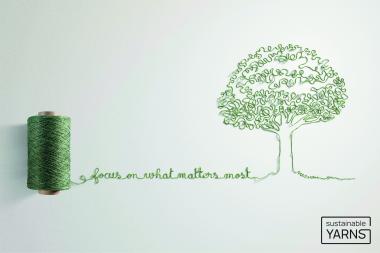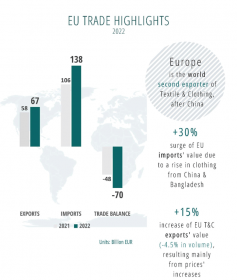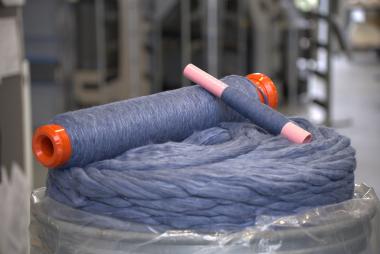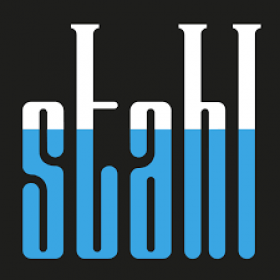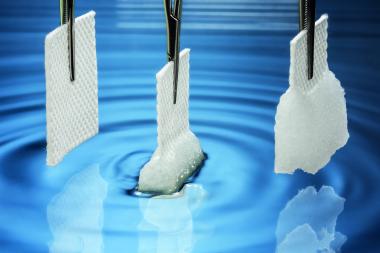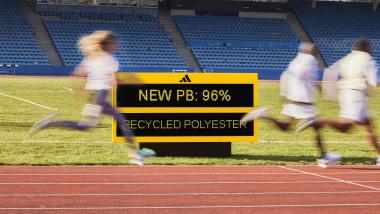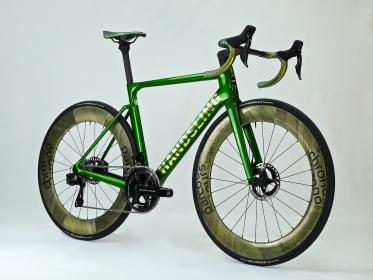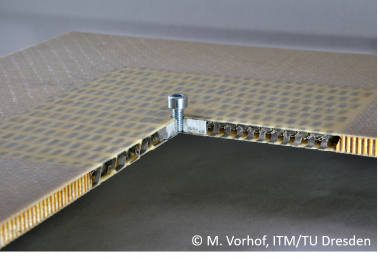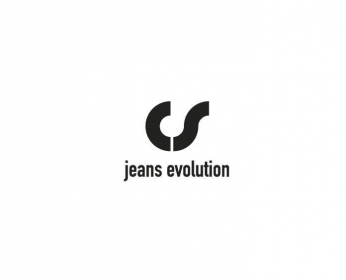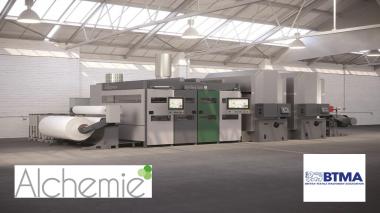20 YEARS OF BLUEZONE
The fully booked international denim trade show BLUEZONE will celebrate its anniversary. More than 100 denim and sportswear specialists will transform Munich's Zenith area into a blue hotspot on this summer's early July date, which has been repositioned for the first time. Parallel to MUNICH FABRIC START and THE SOURCE and with a supporting program that is as full to the brim as it is relevant, the area on Munich's Lilienthalallee will become the hub of the international fashion community.
2023 is not only BLUEZONE's anniversary year: this summer marks the 150th anniversary of the patenting of jeans, Orta celebrates its 70th birthday in 2023 and denim icon Ruedi Karrer celebrates the 50th of his "The Jeans Museum" in Zurich. Vicunha is celebrating its 55th birthday. BLUEZONE therefore pays tribute to denim in all its facets. CONNEXXION is the appropriate leitmotif of the upcoming event.
"We have a line-up that will almost break the two days: in addition to internationally relevant and well-known exhibitors such as Calik, Denim Authority, Isko, Kurabo, Naveena Denim, NDL, Orta, Royo, Saitex and Sharabati among many others, we will have a 360° degree denim experience park in the completely booked Zenith Area", says Frank Junker, Creative Director & Partner, Munich Fabric Start Exhibitions GmbH. What visitors can expect here, among other things: two seminar sessions by the Transformers Foundation as well as panels and talks with Women in Denim, Mohsin Sajid and The 5 Denim Senses by AMD Düsseldorf, plus installations such as the photo exhibition "The World's best Denim Fades" by Bryan Szabo, founder of the Indigo Invitational, the exhibition by designer Ksenia Schnaider and a special presentation by "The Jeans Museum" Zurich, through which Ruedi Karrer himself will give guided tours.
For the first time, BLUEZONE will take place this summer on the new, earlier dates of July 18 and 19 and not at the end of August / beginning of September as in the past. With this step forward in terms of dates, MUNICH FABRIC START and BLUEZONE are reacting to changed order and collection rhythms and will position themselves in the future at the beginning of the purchasing and sourcing phase.
To this end, the exclusive VIEW Premium Selection, also organized by Munich Fabric Start Exhibitions GmbH, will move to the previous MFS date and on September 13 and 14 - then for the first time also on the Zenith grounds - will offer the market an additional, later ordering opportunity as RE:VIEW.
Munich Fabric Start





